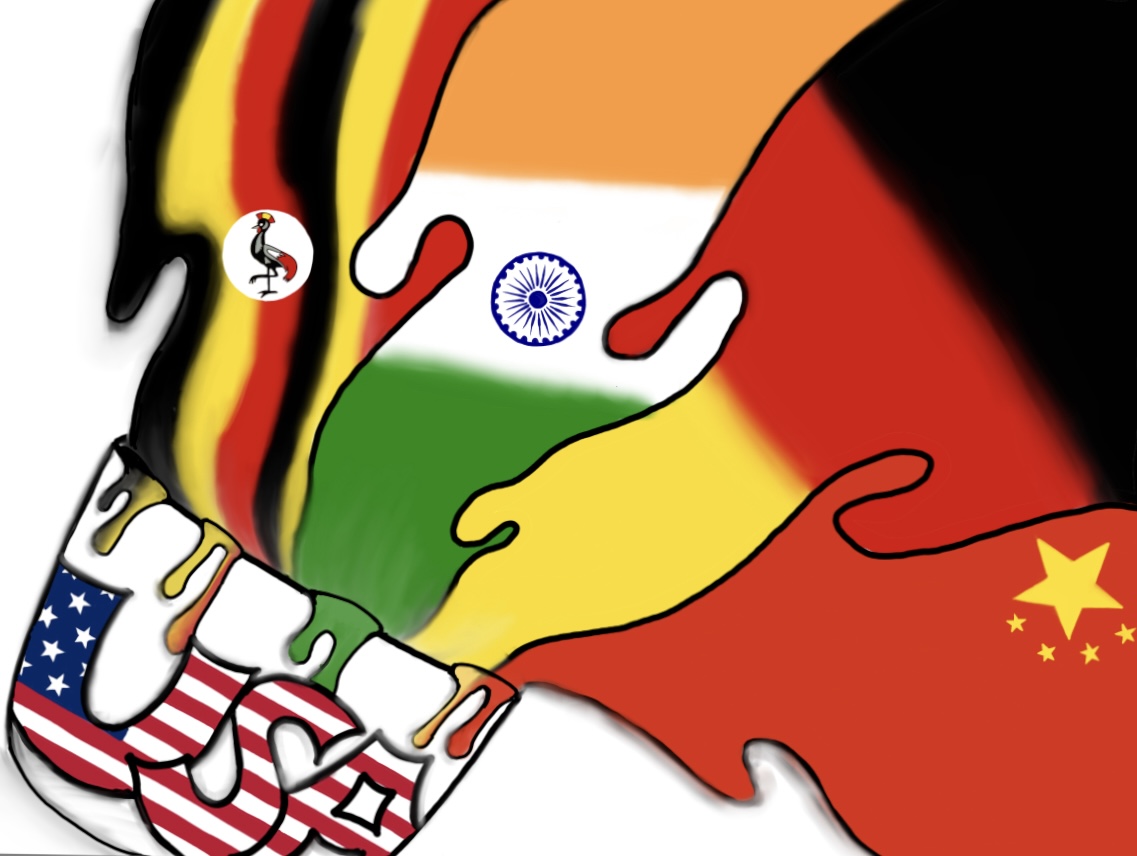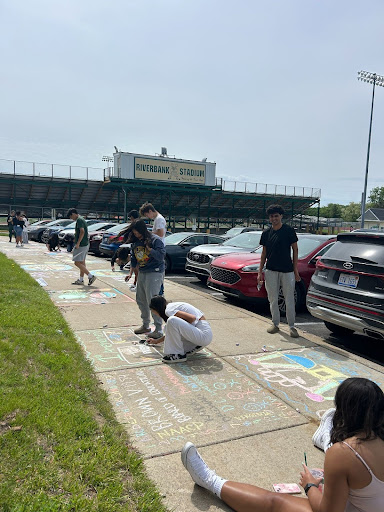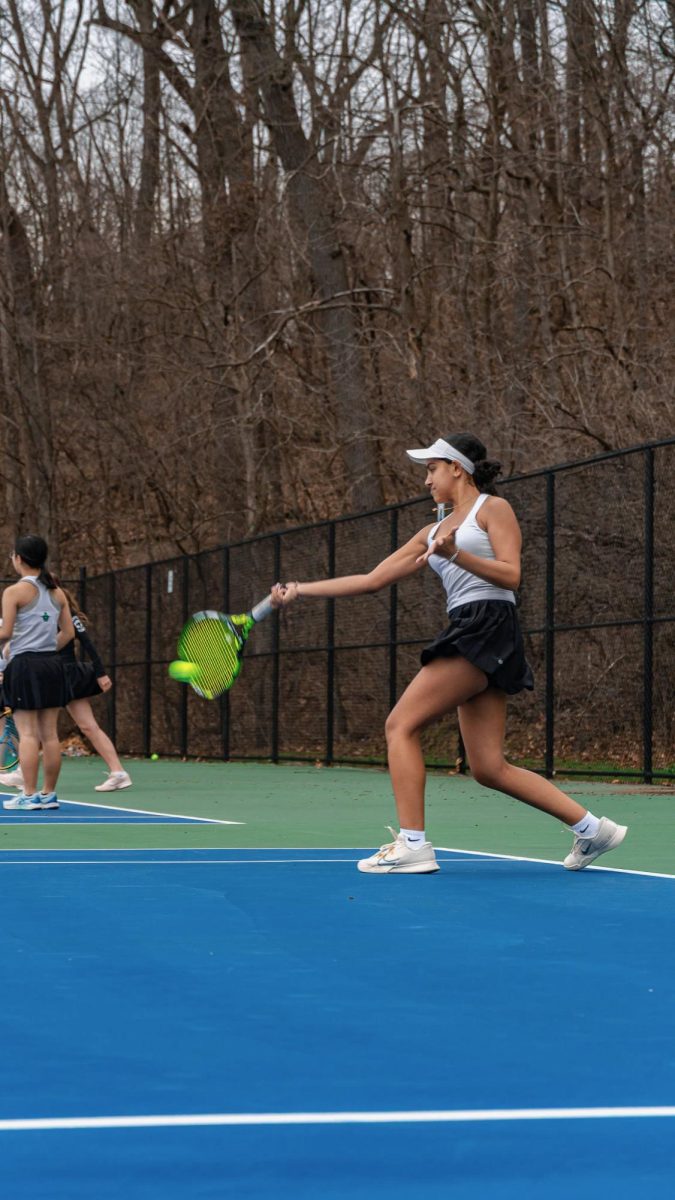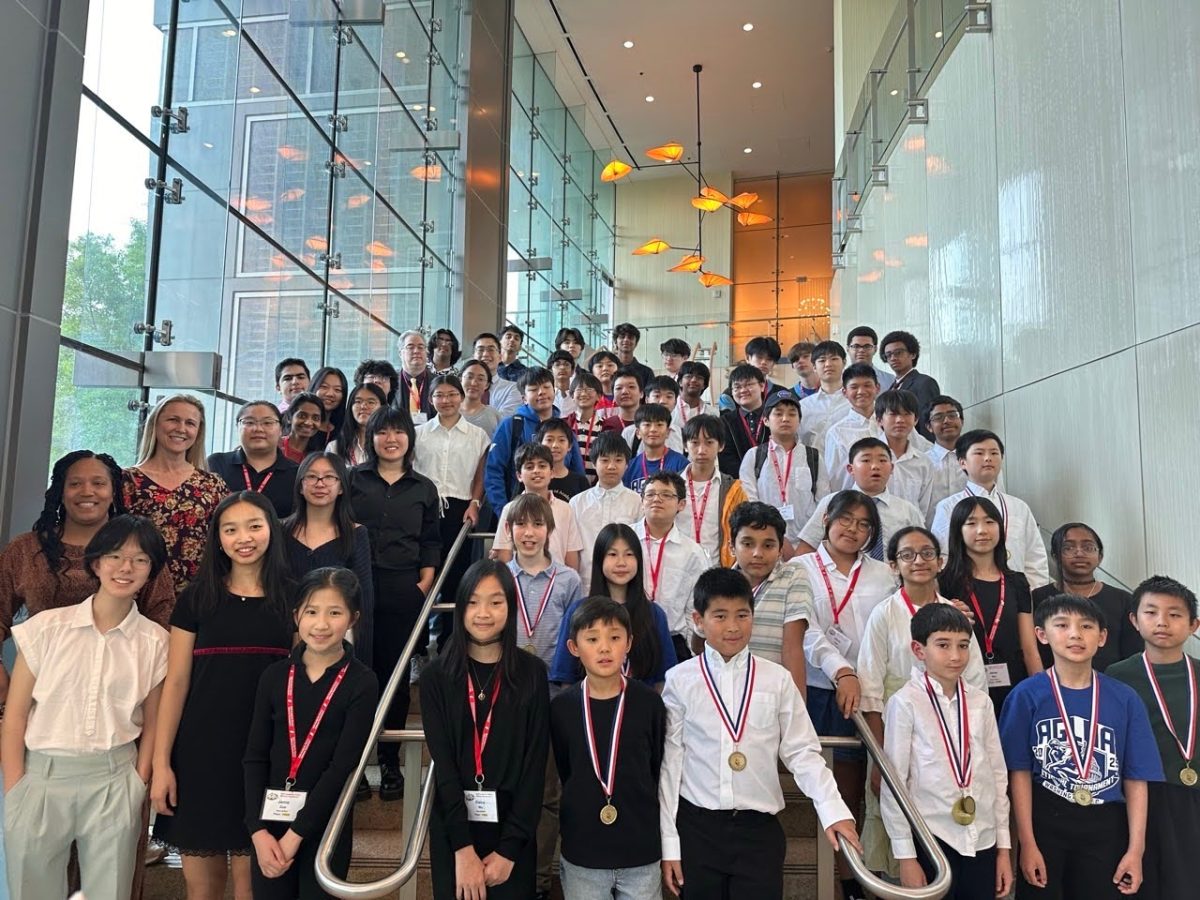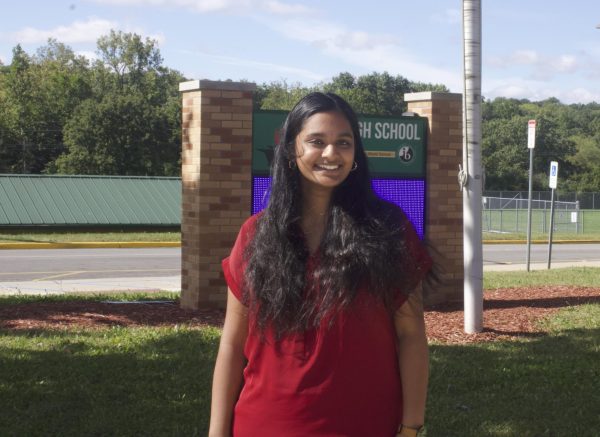America is seen as the land of opportunity across the world. According to the U.S. Customs and Border Protection, approximately 2.5 million migrants came to the southern border in 2023. Some people come for education and job opportunities, some people come here for love, some people come here for safety and some come for entirely different reasons.
Washtenaw County itself is made up of 12.4% “foreign born persons,” according to census.gov. Much of the community is made of immigrants, and everyone has a different story for what made them move here.
Writer and Wayne State professor Sylvia Taschka immigrated from Germany to the U.S. in 2002 for love.
Taschka grew up when Germany was still divided into two countries. Her father had lived in Czechoslovakia under a communist dictatorship that he hated. He fled from there to West Germany in 1968 where Taschka was born and grew up.
“At [age] 18, he had this rosy picture of the West,” Taschka said. “He thought communism was the most horrific system.”
While there was a definite positive association with America and all that came with it, the German culture that Taschka grew up in had mixed feelings towards America.
“There was also an anti-American part of society,” she said. “People had an idea that American culture was not as impressive as German culture.”
Regardless, Taschka didn’t have any plans of coming to the U.S., until she met her now-husband. They moved first to Connecticut, and then came to Michigan for work. They moved back to Germany after having their first daughter and continued to switch between living in Germany and America.
The transition to living here was more natural on the east coast.
“People there were very cosmopolitan,” Taschka said. “It was an academic setting [that we lived in] and the people felt very similar.”
Migrationpolicy.org says that immigrants make up the largest percentages of state populations in California (27 percent), New Jersey (23 percent) and New York (22 percent). So for Taschka and her family, moving to the midwest proved to be more of a challenge.
“People [in Michigan] are more deeply rooted,” she said. “There are less people from various backgrounds, so you feel it much more as an immigrant.”
Although Taschka moved here to be with someone she loved, coming here also meant leaving many loved ones behind in Germany.
“There are every day challenges,” she said. “You can’t just go to the grocery store and buy a food ingredient to bake that special dish that reminds you of your grandmother. You want to take care of your parents, but you’re an ocean away, so it’s not possible.”
Junior Rebecca Cheng shares that experience with Taschka. She was born in New York, but moved back to China at age seven and definitely moved back to the U.S. in the summer of 2022 when she came to Huron. She lived here with her mother for a year, but now stays with a local host family.
“It’s definitely different,” Cheng said. “They have four other kids, so it’s a lot of noise and chaos, which is not like what I’ve experienced because I’m an only child.”
Although she lives 7,000 miles away from her family, she is able to deal with it pretty well.
“I’m the kind of person who doesn’t miss her family that much,” Cheng said. “So sometimes FaceTime is good enough.”
Indian immigrants Arpana and Abhay Rai felt more of a separation from their family when they moved to the U.S. in 2007. They had moved to Malaysia in 2005 for Abhay Rai’s job, and moved to the U.S. two years later for the same reason.
“Initially, I used to go when [our daughter] was little, so I used to go for longer times,” Arpana Rai said. “But it got worse slowly later.”
Through living in these three countries, they saw how unique the workforce of each of these places was. The American Immigration Council says that immigrant workers made up 17 percent of the country’s labor force in 2019. Abhay Rai worked in the semiconductor industry, which is a specialized field.
“Work is very different in India,” Abhay Rai said. “I started with a government job in India, and it was secondary-type work, so it was not very satisfactory, and that’s why we moved to Malaysia. I would say it was great work. And then when we moved to the U.S., it was very good work. Most of my development and growth happened here because of that high-quality work.”
They originally moved to Colorado in 2007, then moved to California in 2011, finally coming to Ann Arbor in 2019. Even within the U.S., they noticed many differences between these states.
“When we moved to the Bay Area, that was a big culture shock because in Colorado, we didn’t see many Indians,” Abhay Rai said. “We saw women in saris even in Sunnyvale, to us it looked like we were walking in India.
They also love the college-town, diverse feel of Ann Arbor. They loved seeing the “welcome” signs in many languages outside of Clague Middle School, where their daughter started going to school.
“It’s very diverse,” Arpana Rai said. “So that gave us comfort that it was very diverse.”
But that experience isn’t necessarily shared by all people who immigrate to Ann Arbor. Sophomore Thylicia Babumba moved to the U.S. when she was around six years old to escape the poor economic conditions of her home country, Uganda, and she has conflicting feelings on how inviting Ann Arbor is.
“I think it’s welcoming,” Babumba said. “But there are times where there are microaggressions. A liberal activism where people say, ‘You’re welcome, but don’t act out too much.’”
She also feels a disconnect when it comes to African-American cultures and her own culture.
“Africans don’t really communicate enough with African-Americans,” Babumba said. “There’s so much history there. But because of how much white supremacy has really made these two communities [separated]. It’s really sad. We actually have so much to talk about, and there are so many connections to be made. “
America has made so many promises to the world. Regardless of the reason that people have immigrated, this country has become a melting pot of so many different cultures. It has become a place that people from all across the globe now call home.




